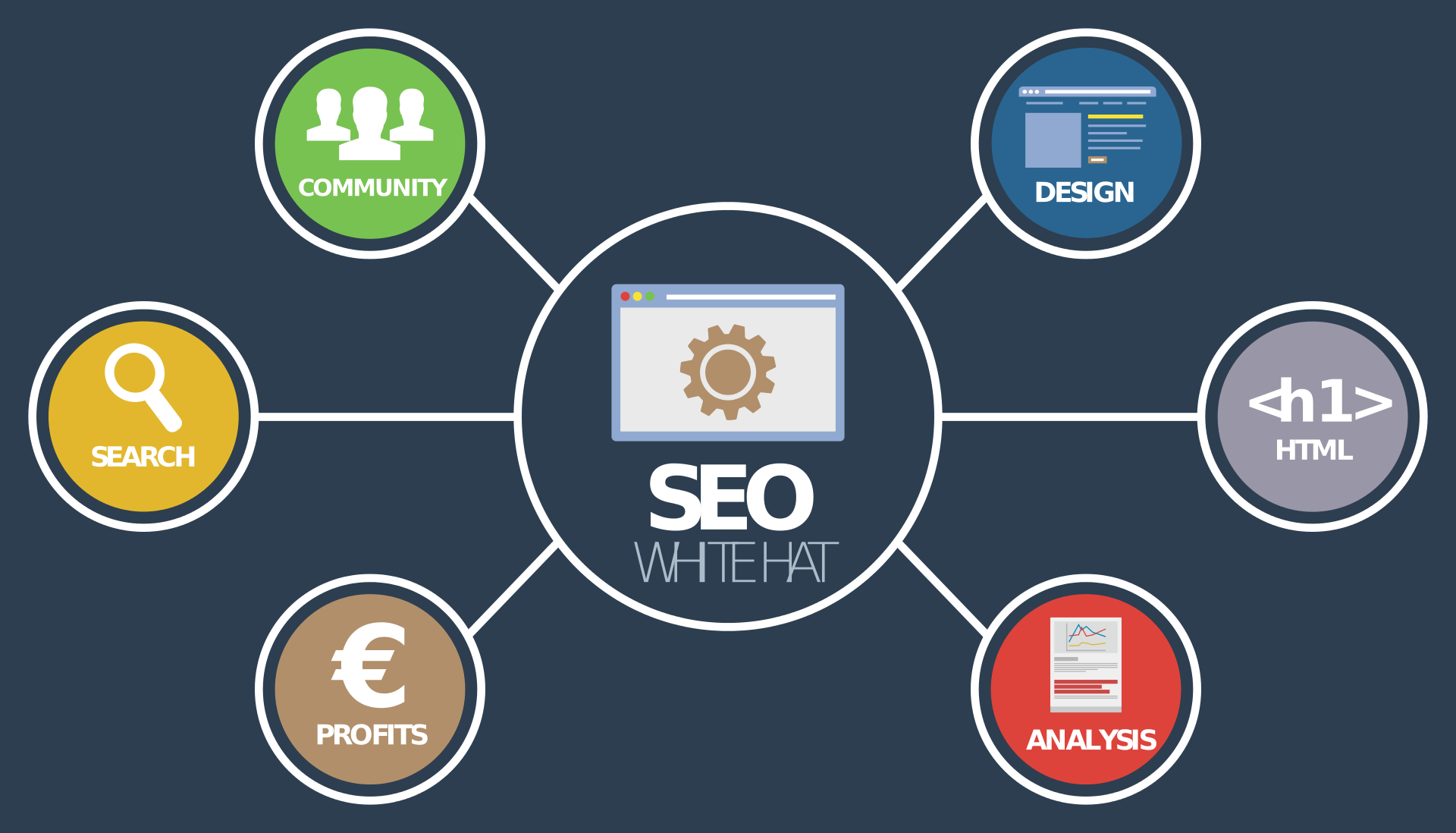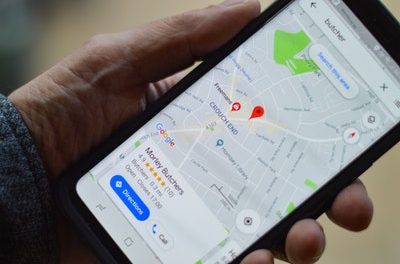
7 Content Writing Tips For Employee Engagement Websites

The pressure is on. If you are a B2B company helping businesses better engage their employees, your website should offer visitors to your website engaging content.
But you only have 8 seconds to keep their attention once they land on your website.
If your website isn’t engaging, you’ll have a hard time convincing visitors to your website that you can help them with their employee engagement needs.
Here are 7 content writing tips that will make your website more engaging.
1. Add Value By Sharing Your Expertise
Valuable content is useful to your website visitor. No one wants to waste time looking at useless drivel. That’s why it’s important to have well-researched articles and verified facts to share.
Statistics are great eyeopeners. Besides being great hooks for pulling readers in, they help in giving context to information and raising awareness of challenges your prospective customers may be facing.
As the authority in employee engagement, your job is to educate and inform your potential clients about product features and industry innovations.
They are on your website because they have a need and are looking for answers. Make sure your content answers their questions. Then go beyond to provide value they didn’t expect. Here are some ideas for adding value:
- Offer a white paper on breaking news in your industry
- Give them free access to an e-book on employee engagement
- Provide a guide for best product features and benefits
- Post a comparison guide of similar products on the market
- Write a case study on how your product solved your customer’s problem
Giving people something of value is a great way to begin a business relationship.
2. Engage with Fresh and Relevant Content
To engage visitors on your website, give them content writing that’s fresh. Present your ideas with a different perspective. Give up to date information about industry developments. People like to feel they are on top of what’s happening in their field.
Don’t bore your readers by using trite phrases or rambling on without focus. Get right to your point. Don’t be wordy.
Sometimes, there’s a lot to say about a topic but keep to the main point and don’t go off on tangents. Your content writing should be relevant to their needs. Organize your information logically. Use numbers and bullet points.
Present your information with an innovative perspective to differentiate yourself from the competition.
3. Consumable Content Saves Time and Space
The whole point of having content is to have your website visitors read it and think about it. In other words, to consume it and digest it.
It’s difficult to engage people visiting your website if your content is difficult to read. Ideally, the readability of your writing should be between 5th to 8th-grade level.
Most people searching on websites are in a hurry and want information quickly. Give them what they want: Short, easy to read, digestible content.
Consumable content does 3 things well:
- Uses space well for optimum scanability
- Reduces the time it takes to comprehend the content
- Makes key information accessible quickly
When you create content for your website, remember that it can always be improved. Edit profusely. Here are some ways you can make your content more scannable:
- Use short sentences
- Use lists, and bullets
- Use simple language and familiar words.
- Explain technical terms.
- Spell out acronyms at the first reference.
- Use active voice.
- Use white space liberally.
You should have a mix of short-form and long-form content on your website. Short-form gives quick access to cursory facts. For in-depth topics that need to be explained, use the long-form content.
4. Use Your Intuition to Read Your Audience
Have you ever had a sense of knowing what someone is thinking or what they are going to say? If you have, you may be good at reading people.
The ability to read people helps you connect with them. Connecting with your audience requires great communication. But communication can get tricky. Communication happens best when two people have had shared experiences.
For example, If I came back from lunch and told you I had a Big Mac, you’d know I had eaten two beef patties, onions, lettuce, pickles, cheese, and special sauce on a sesame seed bun. But if you have never heard of a Big Mac, we did not communicate.
That’s why it’s so important to use language in your content writing that your reader can understand. Your prospective clients want to feel like you understand them. Be familiar with your target audience. Know what they like and how they will use your products.
Think like your readers. Give them what they’re looking for, and make it easy to access on your website. Give them search options so they can easily find what they need.
Tell stories they can relate to about other companies’ experience with employee engagement platforms. It’s always engaging and motivating to see how others are problem-solving. It makes your website authentic and intuitive.
5. Use a Conversational, Familiar Tone
When you meet a prospective customer face to face, the first thing you try to do is use their name to establish familiarity. When a visitor enters your website, you’ll only have the tone of your content writing to make them feel like you know them.
Your website’s content writing should use a conversational tone for two reasons:
- To establish a sense of familiarity with your prospect
- To help you make a personal connection with them
It’s like talking to a friend.
You already know your industry and your products. Just be yourself. Sound natural and share your expertise from the heart.
6. Visual Content is like a Banquet for the Eyes
Being visual increases your visibility. Visual content draws interest and welcomes participation.
From your website color scheme to your graphics and photos, visual stimuli increase reader engagement.
Where you place your content can determine eye movement on the page. Lead them where you want them to go.
Use visuals like graphics, photos, and videos break up text Visuals give context to your copy and help to expand on an idea or to illustrate it.
Break up text with subheads to give the eyes a rest and to increase comprehension.
Employee engagement platforms are ideal for supporting your content writing with great visual content. It’s a great opportunity to show off your product and engage your reader.
7. Interactive Content Opens Up Possibilities
Website content that allows visitors to interact gives them a taste of what’s possible.
To engage your visitors in a major way, give them an opportunity to sample your wares by providing product demos. This will give them a first-hand experience of how your employee engagement products work.
HubSpot cited that 73% of visitors who view product demos will purchase.
Don’t forget to add comment sections to some of your content writing that you can respond to for more engagement possibilities.
Finally, include lead capture tools so that you can follow up with promotional information. Here are some great ideas for promoting your business.
Content Writing is Personal
In planning content for your employee engagement website, remember you are engaging human beings. Look for ways to connect with them on a personal level in the following ways:
- What they see
- How they feel
- What they think
Good website content writing can engage them through the senses, connect with their feelings, and address their reason, logic and common sense.
At Textlinks, we provide marketing support for businesses in every industry. For more information, contact us here.











































